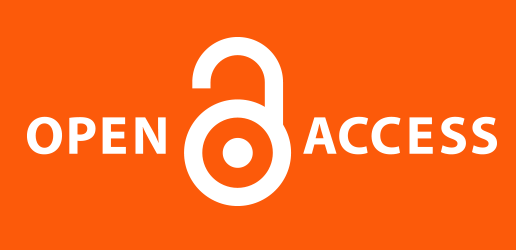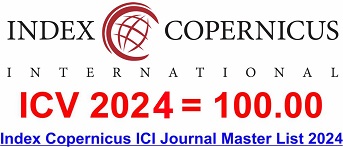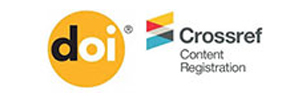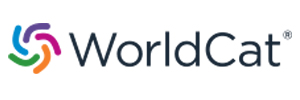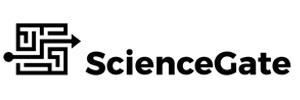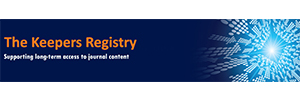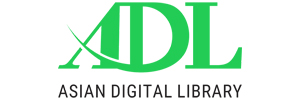| Publisher | Lincoln University College, APHL Sdn Bhd |
| eISSN | 2550-1526 |
| Established | 2017 |
| DOI | 10.31674/ijrtbt |
| Publishing Frequency | Quarterly (January April, July & October) |
| Contact Email: | info@ijrtbt.org |
| Open Access: | Yes |
| Peer-Review: | Double Blind Peer Review |
Indexed In
Tools
Authors are requested to do similarity check before the submission of the paper.
You can check from your own institutional similarity checking software tool or can avail our Turnitin service here.



